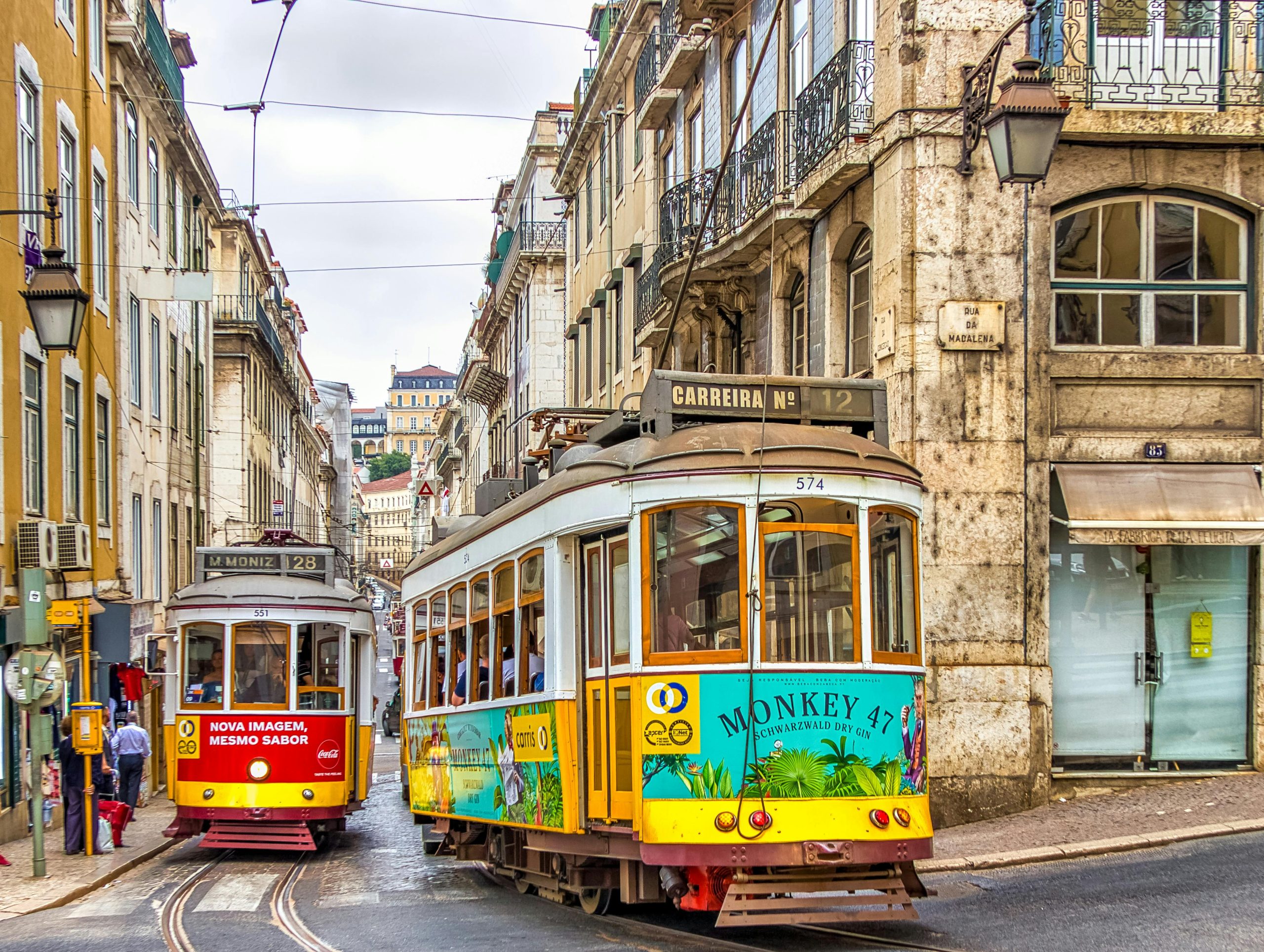Traveling as a nomad offers incredible freedom, but navigating public transport in unfamiliar cities can be daunting. Whether you’re hopping between European metros, Asian tuk-tuks, or South American buses, mastering local transit systems saves both time and money. With the right strategies, you can move efficiently, avoid tourist traps, and immerse yourself in local culture. Here’s how to make public transport work for your nomadic lifestyle.
Research Local Transport Options Before Arrival
Knowing your options ahead of time prevents costly last-minute decisions. Start by identifying the primary modes of transport in your destination—metros, buses, trams, or rideshares—and compare their costs and coverage.
Use Reliable Apps and Websites
Apps like Citymapper, Google Maps, and Moovit provide real-time transit data, routes, and schedules. For regional travel, Rome2Rio helps compare trains, buses, and flights. Check if your destination has a local transit app, such as BVG Jelbi for Berlin or Delhi Metro for India.
Look for Tourist Passes or Discount Cards
Many cities offer unlimited travel passes (e.g., London’s Oyster Card, Tokyo’s Suica). These often include discounts for attractions. Always calculate if the pass aligns with your itinerary—sometimes single tickets are cheaper for short stays.
- Pro tip: Student or youth discounts may apply even if you’re no longer in school—always ask!
Master the Art of Off-Peak Travel
Rush hours can turn transit into a crowded, stressful experience. Adjusting your schedule saves sanity and sometimes money.
Avoid Peak Hours
Most cities have rush hours between 7–9 AM and 4–7 PM. Traveling outside these windows means fewer crowds and occasionally lower fares (e.g., off-peak train tickets in the UK).
Take Advantage of Night Services
Some cities, like New York or Berlin, offer 24/7 subway or night buses. If you’re out late, research night routes to avoid expensive taxis.
- Warning: Safety can vary—stick to well-lit, busy carriages at night.
Prioritize Safety and Convenience
Public transport is generally safe, but staying alert ensures smooth travels.
Keep Valuables Secure
Pickpocketing thrives in crowded transit. Use anti-theft bags, wear backpacks on your front in packed metros, and avoid flashing expensive gadgets.
Know Emergency Protocols
Locate emergency buttons/exits on trains and buses. Save local taxi numbers or rideshare apps as backups if you feel unsafe.
- Blend in by observing locals—don’t stand still staring at maps.
- Learn basic phrases like “Which stop for [landmark]?” to avoid getting lost.
Save Money with Long-Term Strategies
Nomads staying weeks or months can unlock deeper savings.
Buy Monthly or Weekly Passes
In cities like Lisbon or Bangkok, extended passes cost less per ride. Calculate your usage—if you’re taking 2+ trips daily, it’s usually worth it.
Share Rides or Use Bike Shares
Apps like BlaBlaCar (for intercity rides) or local bike shares reduce costs. Some hostels also offer free bike rentals.
- Bonus: Walking or cycling lets you discover hidden gems!
Conclusion
Public transport is a nomadic traveler’s best friend—it’s affordable, eco-friendly, and a window into local life. By researching ahead, avoiding peak times, prioritizing safety, and leveraging long-term passes, you’ll navigate cities like a pro. Embrace the adventure, and let transit become part of your journey, not just a way to reach it.


